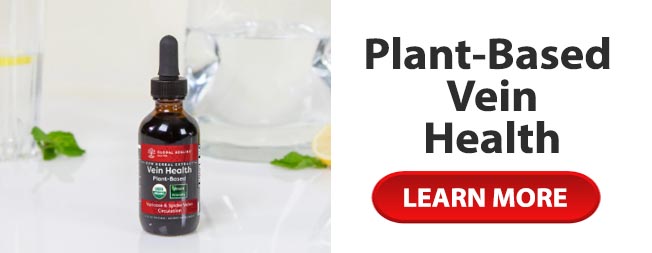Varicose veins and spider veins will affect close to 40 million Americans, mostly women. Sclerotherapy is a medical procedure which is used to treat these varicose veins and spider veins through the use of sodium chloride injected directly into the vein. This particular procedure has been used since the 1930s to treat varicose veins. If left untreated these normally cosmetic problems can increase the risk for blood clots, skin ulcers, pain and discomfort.
Sclerotherapy is performed in the physician\’s office using a 23% solution of sodium chloride mix with lidocaine. Lidocaine is a local anesthetic used to help numb the area. Heparin is also added to the solution. This is injected directly into the blood vessel using a very fine needle. The solution is designed to irritate the lining and cause it to swell and stick together. The blood will clot within the vessel and eventually the vessel turns to scar tissue and is reabsorbed by the body. (1)
The physician will determine the number of varicose veins that are injected within one session. This will depend upon the size and location of the veins as well as the patient\’s overall medical condition and willingness to be compliant following the procedure. If a larger vein is being injected, the sclerotherapy can cause cramping sensation for about one to two minutes. The procedure itself usually takes between 30 and 45 minutes.
Sclerotherapy has been in use since the 1930s because it is very successful. It is estimated that as many as 50% to 80% of those veins which are injected will be eliminated in that injections session. Less than 10% of the individuals who have sclerotherapy will not respond at all and in these instances a different solution or a different method may be tried.
Spider veins are a smaller version of a varicose vein. These generally respond to sclerotherapy within three to six weeks while a larger vein may take three to four months. Once a vein responds to the treatment it will not reappear. However, it is not uncommon for new veins to appear in the same area over time. In order to decrease the risk for new varicose veins or spider veins to develop in the same area, it is important to use preventative measures.
Varicose veins and spider veins form because of the increased pressure on the venous system from number of factors. Women who are pregnant, or men and women who are obese, smoke or spend much of their day either standing in place or seated, will be at greater risk for developing varicose veins and spider veins.
If you believe you\’re a candidate for the use of sclerotherapy, you should have an initial consultation with your dermatologist or vascular medicine specialist. Women who are pregnant, or on bed rest, are not good candidates for this treatment. If you have had blood clot in the past your eligibility will be decided on an individual basis based on your overall medical health and other underlying medical conditions. The veins that could be usable for any future surgical bypass procedures, such as the saphenous vein, will not be considered unless they are already unusable.
Sclerotherapy is currently considered safe to perform on the hands, arms, face in other areas that were previously avoided.
Prior to the procedure, your physician will give you instructions such as avoiding certain medications up to two weeks prior to the procedure which may stain the skin or interfere with the action of the agents. Directly before the procedure no lotion should be applied to the area and the individual should wear shorts for easy access to the venous system. Most physicians will recommend the use of compression hosiery to support the venous system after the procedure is completed.
Some individuals will experience side effects, such as veins which become lumpy and hard before totally disappearing and raised red areas which can appear at the injection site. Other more rare side effects include inflammation within 5 inches of the groin, sudden onset of a swollen leg, formation of small ulcers at the injection site, red streaking or allergic reactions to the sclerosing agents. Any of these more rare side effects require the immediate attention of your physician.
Most patients are encouraged to resume the regular activities immediately after the procedure and should walk and exercise in order to help the venous pump system work appropriately. Compression wraps or support hosiery is used to help compress the vessels.
While sclerotherapy is highly effective, insurance companies will not usually cover it because it was performed for cosmetic reasons. Check with your insurance company prior to the procedure. They may consider it if a letter of request from your physician is sent concerning the nature and reason for the treatment.
(1) RadiologyInfo: Sclerotherapy of Varicose Veins and Spider Veins

